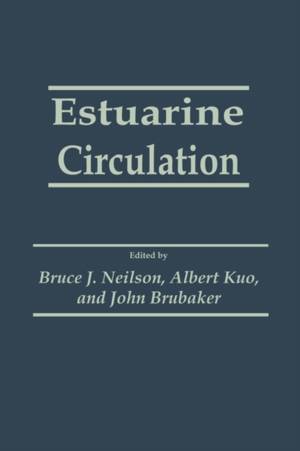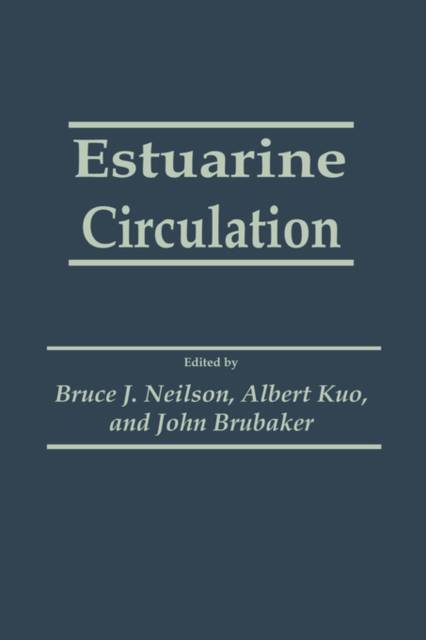
- Afhalen na 1 uur in een winkel met voorraad
- Gratis thuislevering in België vanaf € 30
- Ruim aanbod met 7 miljoen producten
- Afhalen na 1 uur in een winkel met voorraad
- Gratis thuislevering in België vanaf € 30
- Ruim aanbod met 7 miljoen producten
Zoeken
Omschrijving
Estuaries exist along the edge of the oceans and seas, and are char- acterized by the dilution of sea water by inflowing fresher waters. The motion and interaction of these two types of water (fresh and salt water) determine the salinity distribution within the estuary and that, in turn, affects the organisms residing there. The purpose of this vol- ume is to review the status of our understanding of estuarine circu- lation and how the circulation patterns affect living and nonliving resources in estuaries. For many years, the primary paradigm for estuarine circulation was the two-layered net or nontidal gravitational circulation pattern first proposed by Dr. Donald Pritchard in his studies of the James River estuary. During the last decade or so, research has focused on the many variations about this theme and the factors that control the transport processes. Many of these aspects are covered in the initial papers in this volume. Water movement, of course, is of interest be- cause it transports marine organisms, sediments, and pollutants. Es- tuarine circulation has a significant effect on estuarine food chains, and on the distribution and abundance of organisms, such as the American oyster, that are freely transported by the currents during larval stages. The intent is to bring together many of these topics in a single volume. This volume is dedicated to Dr. Donald W.
Specificaties
Betrokkenen
- Auteur(s):
- Uitgeverij:
Inhoud
- Aantal bladzijden:
- 378
- Taal:
- Engels
- Reeks:
Eigenschappen
- Productcode (EAN):
- 9780896031555
- Verschijningsdatum:
- 15/02/1989
- Uitvoering:
- Hardcover
- Formaat:
- Genaaid
- Afmetingen:
- 152 mm x 229 mm
- Gewicht:
- 743 g

Alleen bij Standaard Boekhandel
+ 335 punten op je klantenkaart van Standaard Boekhandel
Beoordelingen
We publiceren alleen reviews die voldoen aan de voorwaarden voor reviews. Bekijk onze voorwaarden voor reviews.








